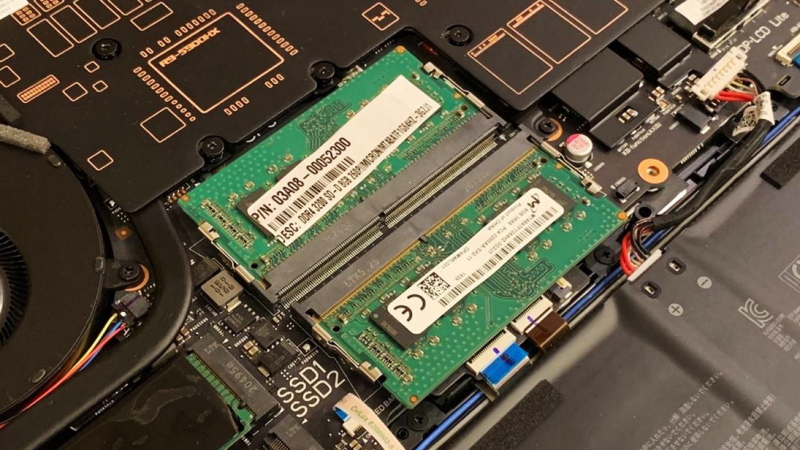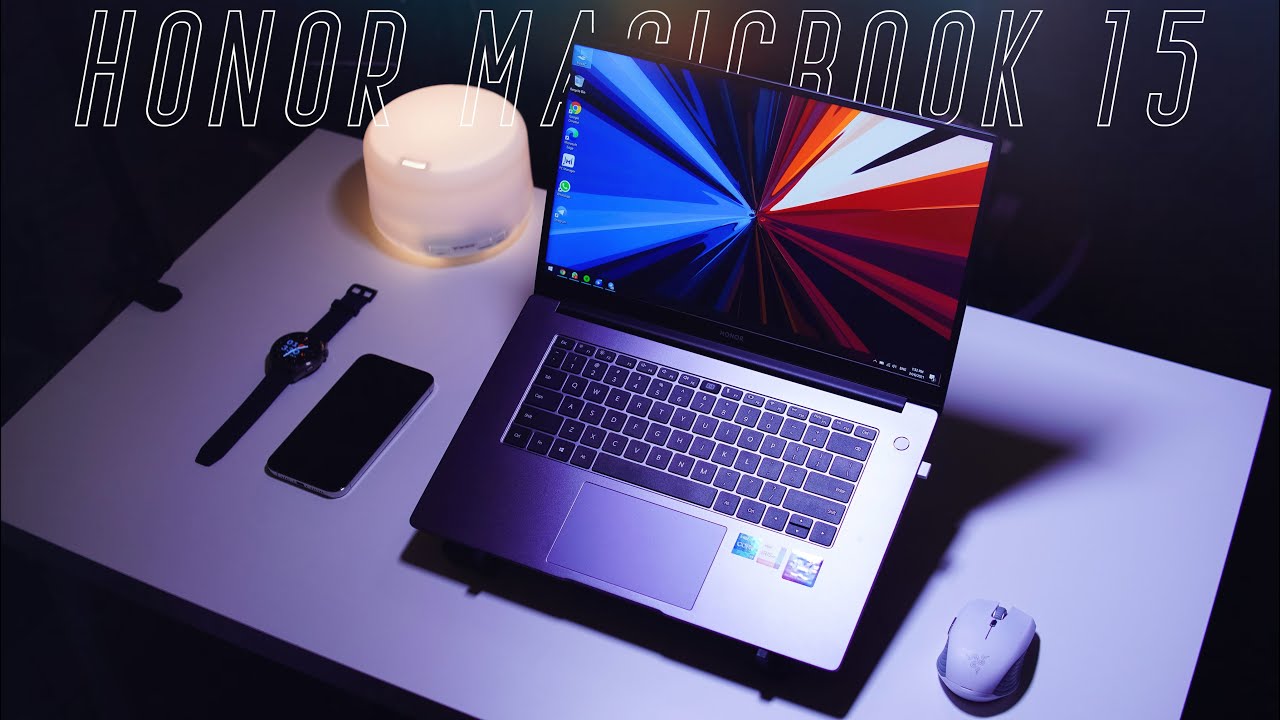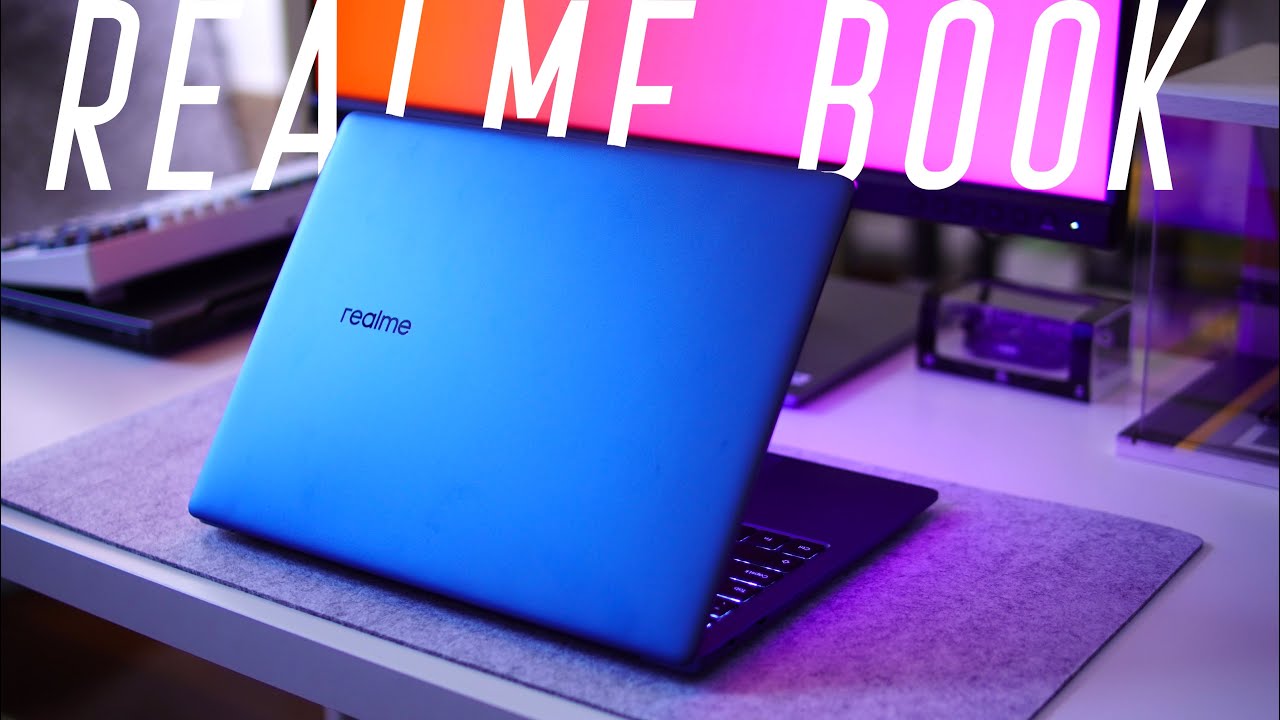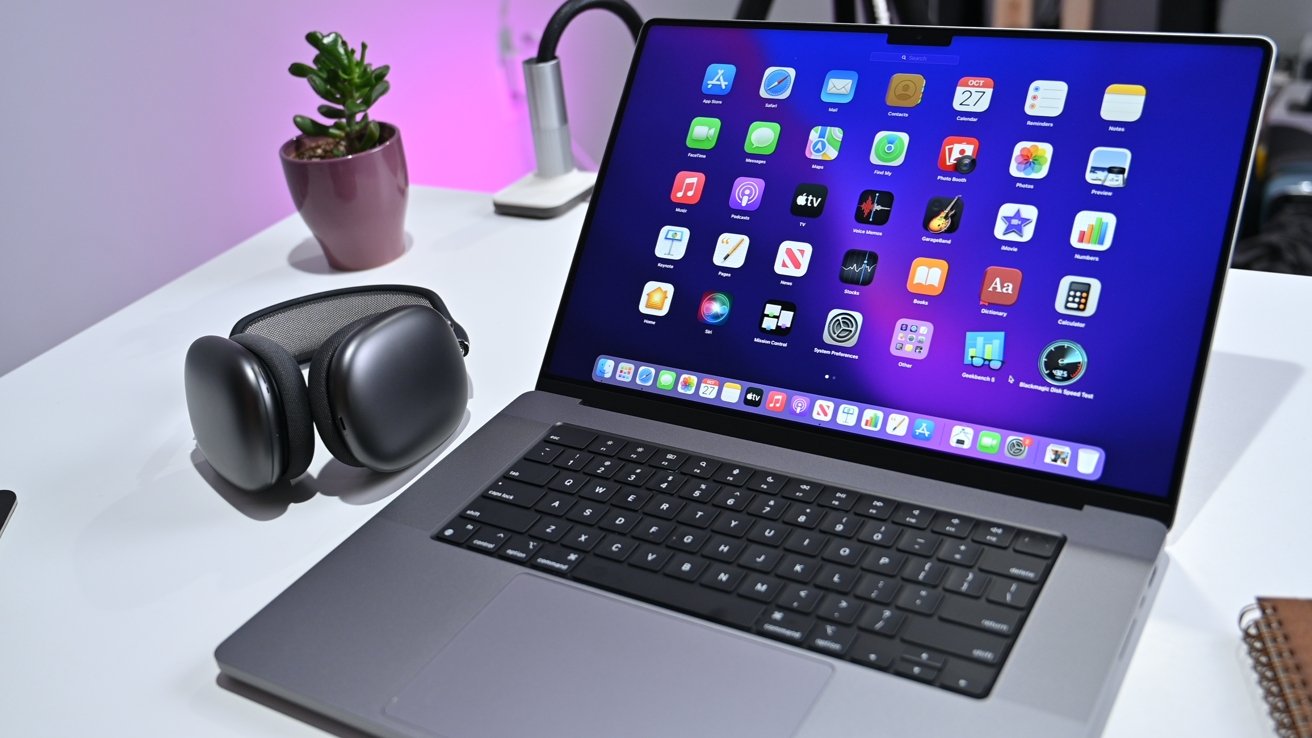
Ive compared 15 different RAM configurations in the exact same gaming laptop in 11 different games to help you find out which RAM is the best for gaming! All testing has been done with the Lenovo Legion 5 gaming laptop. I chose this because its a good mid-range option with Ryzen 7 5800H processor and Nvidia RTX 3060 graphics. Along with the stock RAM that came with the Legion and my own kit of Crucial memory, all testing has been done using a bunch of memory from TeamGroup.
They provided me with an 8 gig kit, two 16 gig kits with different timings, and 32 gig and 64 gig kits.
TeamGroup also sent over their MP34Q, a 4TB M.2 NVMe SSD which was desperately needed in order to fit all of my game installs for this testing. Using all of that memory, these are the 15 different memory configurations that have been tested. Now I can only fit so much text on the screen in the upcoming graphs, so I first need to explain what everything here means first. The first number is the total amount of memory capacity installed in the system, so total size in gigabytes.
After that Ive listed either DC for dual channel, or SC for single channel. Basically dual channel just means 2 sticks of memory installed in the laptop while single channel means only one stick installed with the second slot empty.
Next weve got the speed that the memory ran at, so either DDR4-3200 or DDR4-2666 depending on the configuration, followed by the timings, which are either CL22 or CL19. In the brackets Ive got information about the individual sticks themselves, including the sizes of both sticks first followed by information about ranks. 1R means single rank and 2R means dual rank, basically dual rank memory is better than single rank memory.
After this weve got information on the bank groups, either x8 or x16, and basically x8 is better than x16, so there are definitely quite a few different aspects that will affect results. Its worth noting the memory running at CL19 was actually with a DDR4-3200 CL16 stick, but my laptop doesnt support XMP which is required to use that, which is why it instead ran at DDR4-2666 CL19 by default, so we still get lower timings but at the expense of lower speeds. This is an example of what can happen if you buy memory with low timings that needs XMP if your laptop doesnt support it. In the first 11 upcoming games that were going to look at Ive tested this laptop with optimus enabled, despite the Legion 5 having a MUX switch, and this is because I think it best represents most other gaming laptops.
Now it is important to note that with optimus enabled, 2 gigs of the memory will be dedicated for the integrated graphics.
Basically that 2 gig just gets reserved for the iGPU, so if say you have 8 gigs of RAM installed in this AMD laptop then you only get 6 gigs of usable memory. So because the integrated graphics are literally relying on the system memory, Im expecting the results with optimus on to be a bit different compared to optimus off, which is why well also compare a game with optimus on and off a bit later. Alright I think thats enough explanation, lets get into the game benchmarks. Now results can vary quite a bit depending on the specific game, so even if all my graphs do get a bit boring try not to just skip to the end, theres a lot of important details in there.
Lets start out with Watch Dogs Legion, which was tested with the games benchmark.
Theres a lot of data here, but Ive sorted it by average FPS with the best results up the top and the lowest results down the bottom. The most important thing to takeaway is that the best result is reaching an 80% higher average frame rate compared to the last result, which is kind of crazy when you think about it. All tests were run in literally the exact same laptop, were just seeing how different sticks of memory can affect the results.
The worst result is with a 16 gig stick in single channel. Our other two single channel results were performing better, which must be because theyre also dual rank.
I dont think the FPS difference is down to the size of the sticks, because the 8 gig stick is actually reaching higher frame rate than the 32 and 16 gig sticks, so Id expect the 16 gig stick to do better if it was also dual rank like the others. Likewise the 16 gig stick still has x8 banks, so Id expect an x16 stick in single channel to probably do even worse. I found it interesting that the best result was from an 8+8 configuration, so 16 gigs total. Sure weve got dual rank x8 memory which is nice, but its ahead of the 64gb kit just below it, which has the same speed, timings and banks, just more capacity. Im not exactly sure why the 16 gig configuration is higher, but it clearly shows that games care about more than just total amount of memory capacity.
Just below that theres the 32 gig result, though the 16 gig sticks are single rank, so I suspect the top two results are ahead due to them being dual rank. I found it interesting that the 8 plus 8 configuration that consisted of an x8 and x16 stick had notably lower 1% lows compared to most other results, so perhaps mixing these together isnt the best. Far Cry 6 was also tested with the games benchmark, and is our first title where the 4 plus 4 configuration down the bottom wasnt even able to run the game simply due to not having enough space.
Again this was tested with optimus enabled, so 2 gigs were assigned to the integrated graphics automatically, so basically if you have an optimus laptop, 8 gigs of memory will simply prevent some games from even opening at all. Obviously this isnt always the case though, as our single channel 8 gig stick worked fine, so the two 4 gig sticks seem to have a problem.
Again the three single channel results were all at the bottom of the graph, with the worst being the 16 gig stick because its single rank and not dual rank like the other two.
Interestingly the 40 gig configuration was on the lower side here too, despite both sticks being dual rank x8 memory. I wasnt expecting this, perhaps having the total capacity of both memory sticks differing to such a large degree negatively hurts performance. The best result here was again the 8 plus 8 dual rank x8 configuration, but this time the 64 gig kit was a few spots lower, despite also being dual rank x8 sticks.
I found it interesting that the 2nd best result was with single rank memory, no dual rank at all in this configuration yet still the 2nd best frame rate in this game.
Out of the other 8 plus 8 configurations, interestingly the DDR4-2666 one but with lower CL19 timings was ahead of the two DDR4-3200 CL22 ones. The two lower results each included x16 memory though, so Im guessing this is why theyre lower, and while were only talking about a couple of FPS difference in average frame rate, the differences to the 1% lows were a little bigger.
Its not all big differences though, take Cyberpunk 2077 for instance, where were only seeing a 4 FPS difference between the best and worst case. Some games like this are going to be GPU bound, so the RAM difference wont matter anywhere near as much as others. I didnt use max settings for this game, but even with high settings were not really seeing a big change.
The single channel results were still the lowest, with that 40 gig combination still nearby, and the 16 gig dual rank x8 was still giving us the best results, so similar story as the previous games, just that the degree of the difference is smaller. The differences in Shadow of the Tomb Raider were back to being relatively large, with the top result reaching a 38% higher average frame rate than the bottom result.
Sure its no 80% like we saw in Watch Dogs Legion, but this is still pretty significant from a component most people dont even give any thought to when buying a laptop. Again the single channel results are on the lower side, and that 40 gig configuration too. The 8 plus 8 with x16 sticks were pretty low too, which makes sense, Ive shown in other videos that this game can see big differences between x8 and x16 memory.
Despite that, if we pair an x8 and x16 stick together the results were actually pretty decent compared to others, however the best results came from the dual rank x8 configurations at the top once more. I was interested in seeing how CS:GO handled different RAM configurations as it generally depends more on processor performance.
Again those single channel results and the 40 gig one were all the lowest around 200 FPS, with all other results being at least 20 FPS higher, however the 1% lows were essentially the same regardless. Yet again the 8 plus 8 dual rank x8 combination was at the top, while the 32 plus 32 kit that was otherwise the same was slightly lower. Interestingly the 16 plus 16 kit was in between, despite that one being single rank memory, so I guess in this game dual rank and single rank doesnt matter too much, or at least not with x8 memory banks.
Assassins Creed Valhalla was tested with the games benchmark, and is another game where the 4 plus 4 gig configuration didnt even load up the game.
Otherwise generally speaking the single channel results are again down the bottom, but interestingly the 2nd place uses both single rank and also x16 memory in one of the slots, granted most of these differences are 1 to 2 FPS apart which is margin of error, so its hard to draw as solid conclusions from this one. Red Dead Redemption 2 was also tested with the games benchmark. Like Shadow of the Tomb Raider, this is another game Ive found where x16 memory banks generally do noticeably worse, which is probably why the 8 plus 8 single rank x16 configuration is in the 2nd lowest spot.
Even the single channel but dual rank results were ahead.
Again though the best result is 8 plus 8 dual rank x8. Rainbow Six Siege was tested with the games benchmark again, and was another where 4+4 gigs wasnt enough to run the game properly. Like most others, the single channel results and 32 plus 8 config were otherwise at the bottom. Once more, the best two results are the dual rank plus x8 sticks.
Capacity doesnt seem to matter a whole lot once youve got at least 16 gig and can actually open the game.
Well, 16 gig in dual channel that is. F1 2021 was tested with the games benchmark too. Were able to boost average FPS by 30 frames or about 24% from our worst memory configuration down the bottom to the best at the top. This is another of the few where the largest memory kit was in the lead, and while the third spot is also dual rank and x8, the kit above it was doing better despite being single rank, presumably due to the lower timings, but despite the lower DDR4-2666 speed.
The 24 gig configuration wasnt too bad, I tested this to kind of represent a laptop with 16 gigs of memory soldered to the motherboard but you go to stick in a decent 8 gig stick.
Microsoft Flight Simulator was tested in the Sydney landing challenge. Weve only got very minor differences here so Im going to speed up, but feel free to pause the video if you want to analyse the results. Control is a GPU heavy game, even at medium settings. Theres basically no practical difference here between the bottom and top result, just 3 FPS, good luck distinguishing that while actually playing. Despite the small differences though, the general trends that weve noticed so far remain.
Alright now were going to look at the average results of all 11 games and draw some conclusions. This is probably the most important part of the video, so if you were asleep its time to wake up! Here are the frame rates for each configuration if we take the average of all 11 games tested.
Now the 4 plus 4 configuration down the bottom was by far the lowest, however dont forget that three of the games didnt run at all with it. Ive counted those as zero scores, so my average here is actually lower than it would be if we only took into account games that ran.
I think thats fair because not being able to run a game at all is a pretty big fail. To be fair, in some games the 4 plus 4 config did perform quite well, I mean its dual channel x8 memory, not bad, but the total capacity size is clearly an issue in some cases. I should note that the 8 gig single channel test still ran all the games fine though, which leads me to believe the real problem is a combination of two 4 gig sticks, its not as simple as saying that 8 gigs of total capacity isnt enough.
Using a single 8 gig stick compared to two 4 gig sticks isnt a great solution though, because generally speaking single channel performance, or any time we used just one stick of memory, was lower compared to most others. Its still possible to boost single channel performance with dual rank memory, as dual rank is better than single rank, but yeah basically these results show that for optimal performance, youll want to stay away from only using one stick of memory in single channel.
The results also seem to indicate staying away from weird capacity combinations. Take the 32 gig plus 8 gig option for instance, although this gives us 40 gigs of memory in total, which sounds great, it was constantly one of the slower results, despite both sticks being dual rank x8 memory. Separately these sticks are great, in fact if theyre each paired with the same size stick in both slots we get the best performance at the top of the graph, but combining one of each together consistently gives worse performance. The 32 plus 16 gig configuration was usually better. This gives us 48 gigs of total capacity despite the 16 gig stick being single rank, but it still outperformed the 8 plus 32 combination.
Interestingly the 16 plus 8 combination did even better still, so the conclusion I can draw from this is that if youre going to mismatch memory capacity sizes, the larger the difference the worse the performance. I think we can also say that while dual rank is better than single rank, compared to the other differences outlined so far it seems to mostly be icing on the cake – a bonus. The third place result is only slightly below the two above with the main difference being that were using single rank rather than dual rank. Yeah the capacities are different, but weve already seen that this generally has the smallest difference in terms of gaming performance once youve got 16 gigs in dual channel.
Now if we just compare all 5 16 gig dual channel results, the worst was the one with two x16 sticks paired together.
The next two results were very close together, and both still had one of the sticks with x16 banks. The other sticks were single rank or dual rank, but interestingly the dual rank one was the slightly lower result, but again its close, so I think this helps further illustrate that x8 and x16 memory bank groups are more important than dual rank or single rank. After that the 16 gig kit with lower timings running at CL19 was reaching higher average FPS, despite it running at the slower DDR4-2666 speed, so just goes to show that timings are important too, even if at the expense of speed. It would have been great if these actually ran at the advertised DDR4-3200 CL16 speeds, but unfortunately my laptop doesnt have XMP support, most dont, so watch out for that trap when buying memory. The only other 16 gig result that was ahead was the one at the top, which used dual rank x8 sticks in both slots.
Some of the differences were very surprising. Sure RAM isnt particularly cheap, but in some cases its going to be way cheaper to upgrade the memory compared to upgrading the 3060 to say a 3070 or a 3080, and in many cases the cheaper RAM upgrade will probably give you a bigger boost compared to going to a higher tier GPU. So far weve only looked at how games perform with optimus enabled, so now lets disable it and see what the differences are.
Ive used Shadow of the Tomb Raider for this testing, and this graph is sorted by the light purple bars, which are the optimus on results. We can see that all memory configurations are receiving a speed boost with optimus off in the darker purple bars.
Here are the same results but instead sorting by the optimus off results, as that might better help you see the differences. These are the improvements to average frame rate in this game that are possible by disabling optimus as a percentage.
The best results at the top are from our single channel memory results, which would imply that the best way to boost performance of single channel memory is to not use the iGPU at all, of course assuming you cant just add a second stick. As we just saw, the single channel results were still on the lower side even with optimus off, but the act of turning optimus off boosted these results the most. In fact the results that saw the smallest gains from turning off optimus were the memory configurations that were typically performing the best already.
There are definitely still gains, just not as big. Outside of gaming, the Aida64 memory benchmark was also run on all of these memory configurations. In terms of memory read speed, well what were seeing here kind of lines up with what we were seeing in the games. Likewise the memory write speed was the same, at least as far as the ordering of the results goes from best to worst.
Memory latency gets slower with the better performing memory configurations though.
So to summarize, in order of importance, the first thing youre going to want to do is to make sure that youre running with dual channel memory, so two sticks installed instead of one, as this generally gives you the biggest improvement. At least as far as DDR4 goes, Im not sure how DDR5 will go next generation yet, but make sure youre subscribed for all of my upcoming DDR5 testing. Alright so if you are looking to add a second stick for dual channel memory, it seems that the best option is to pick one thats the same size capacity.
In some cases like if were using an 8 and 16 gig stick or 16 and 32 gigs theres not that big of a difference, but at the extremes with like an 8 and a 32 gig stick the differences could be quite large. So now ideally youre shopping for 2 sticks of memory that are the same capacity.
After that finding memory that supports lower timings will help. You can of course run two different sticks with different timings as Ive shown, its just that if they have different timings and different speeds theyll run at the lowest that both sticks support.
So you might get some unexpected behaviour if you havent fully read all the specs on the RAM sticks, and try not to get caught out buying expensive memory that needs XMP in order to actually hit the lower timings, because in most laptops like this one, you wont be able to use it at its full capacity. Youll need a laptop with a fully unlocked BIOS that supports that, and I guess if you know what that is then you probably know what youre doing with regards to RAM anyway. Next up ideally youre going to want the memory to use x8 banks instead of x16, as this is just another speed boost, and once all those things have been considered only then would I consider the difference between single rank and dual rank memory.
Yeah dual rank was definitely better, but in many cases once all those other things mentioned for were factored in first I didnt find single and dual rank to make that big of a difference. Of course it would have been better if I had even more memory configurations to test for this video, but honestly I think 15 is kind of enough, and given it takes about a full day to test all 11 games with 1 configuration, that means this video took at least 15 days just to do the game testing.
So it was an extreme amount of work, and my partner actually did all of the testing, so massive thanks to her. Im not actually sure if she watches the entire video, so I guess Ill find out. Anyway theres way more to picking a gaming laptop than just the memory, though that is an important part as weve just seen.
You can check out the best gaming laptops that Ive tested all year in these videos next. Ive covered the top 5 best and worst laptops in this video and also given out awards in 17 different categories to different gaming laptops here, so Ill see you in one of those next..
Read More: Review GE76 MSI’s Most Powerful Gaming Laptop Gets Crazier!


